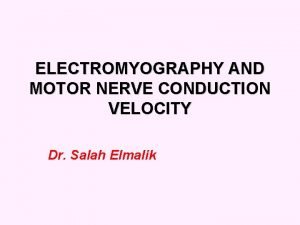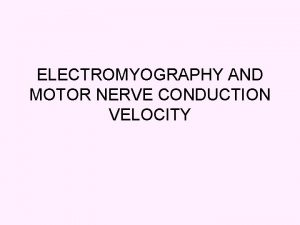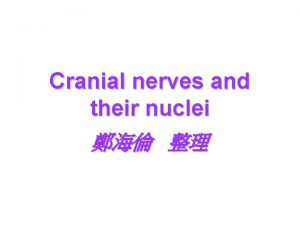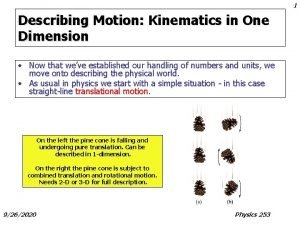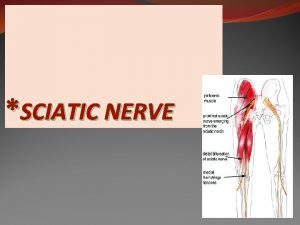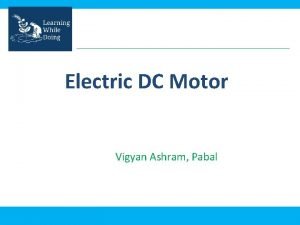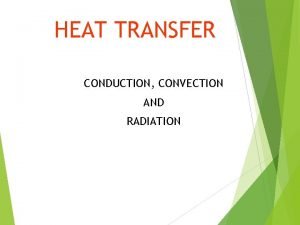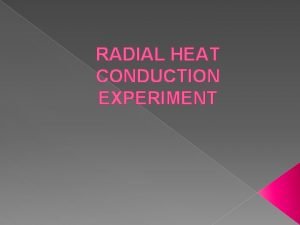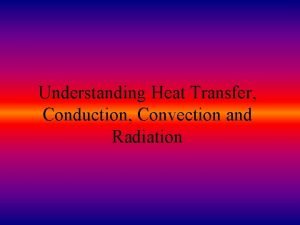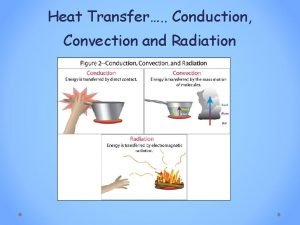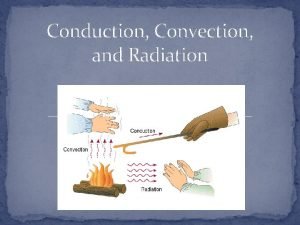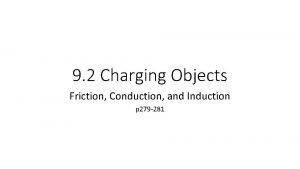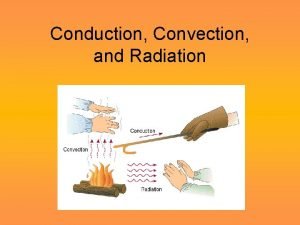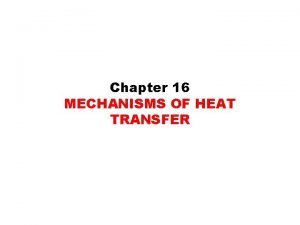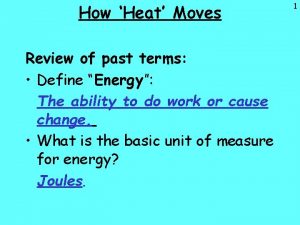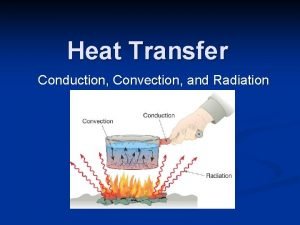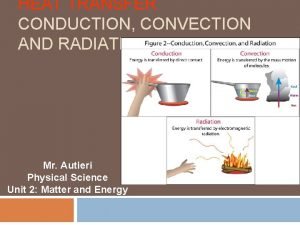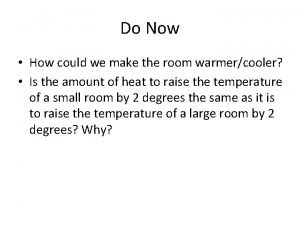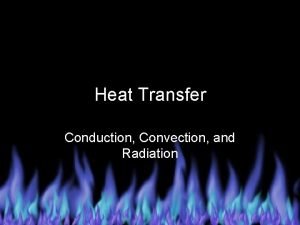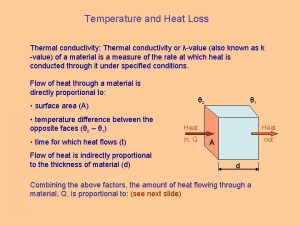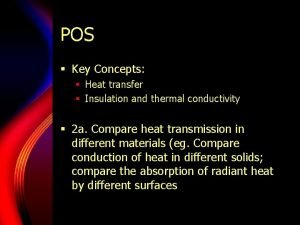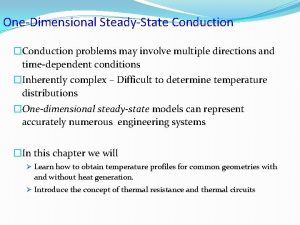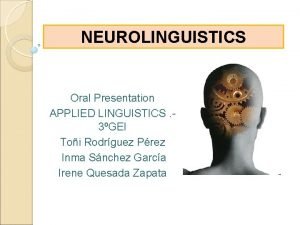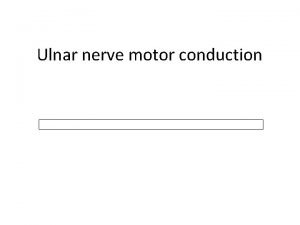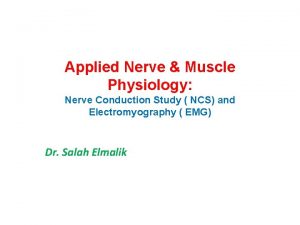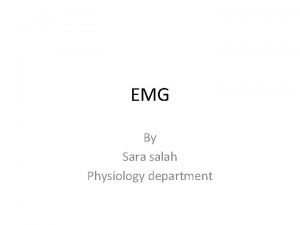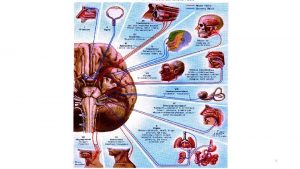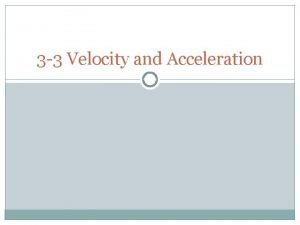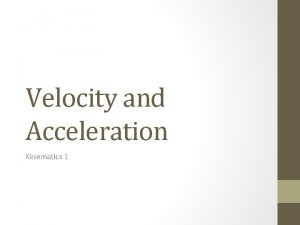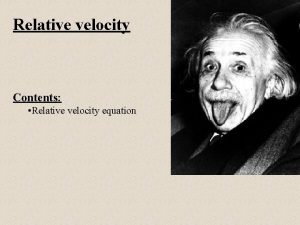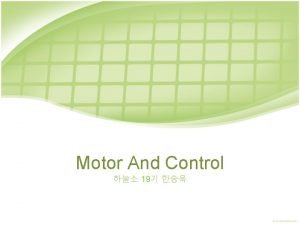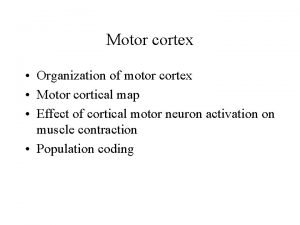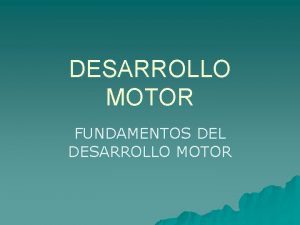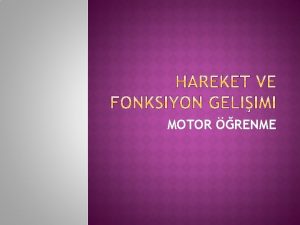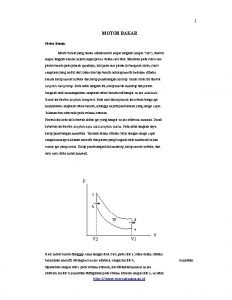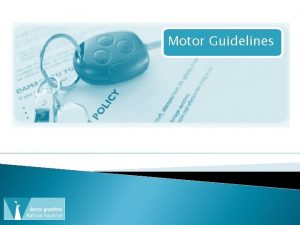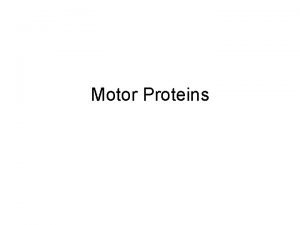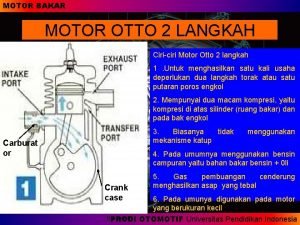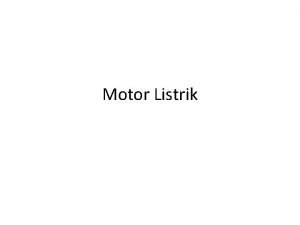ELECTROMYOGRAPHY AND MOTOR NERVE CONDUCTION VELOCITY Dr Salah
















































- Slides: 48

ELECTROMYOGRAPHY AND MOTOR NERVE CONDUCTION VELOCITY Dr. Salah Elmalik

Objectives At the end of the lecture student should be able to: • Define nerve conduction study (NCS) and electromyography ( EMG). • Explain the procedure of NCS • Define the normal conduction velocity in upper limb and lower limb nerves. • Define the motor unit potentials ( MUPs) and how they are changed in muscle and nerve diseases. 2

Nerve Conduction studies • A nerve conduction study (NCS) is a test commonly used to evaluate the function, especially the ability of electrical conduction, of the motor and sensory nerves of the human body. • Nerve conduction velocity (NCV) is a common measurement made during this test. 3

Motor nerve conduction velocity • Motor nerve conduction velocity of peripheral nerves may be closely correlated to their functional integrity or to their structural abnormalities. • Based on the nature of conduction abnormalities two principal types of peripheral nerve lesions can be identified: Axonal degeneration and segmental demyelination. 4

• In the patients of muscular weakness, muscle atrophy, traumatic or metabolic neuropathy, these tests are considered as an extension of the physical examination rather than a simple laboratory procedure. 5

MOTOR CONDUCTION STUDIES • The recorded potential, known as the compound muscle action potential (CMAP), represents the summation of all underlying individual muscle fiber action potentials. • CMAP is a biphasic potential with an initial upward deflection from the baseline • For each stimulation site : the latency, amplitude, duration, of the CMAP are measured. • A motor conduction velocity can be calculated after two sites of stimulation, one distal and one proximal. 6

CMAP 7

MCS Procedure • The active recording electrode is placed on the center of the muscle belly (over the motor endplate), and the reference electrode is placed distally about 3 -4 cm • The stimulator then is placed over the nerve that supplies the muscle. 8

Cont. • As current is slowly increased from a baseline: more of the underlying nerve fibers are brought to action potential, and subsequently more muscle fiber action potentials are generated. • most nerves require a current in the range from 20 to 50 m. A to achieve supramaximal stimulation. 9

• When the current is increased to the point that the CMAP no longer increases in size, one presumes that all nerve fibers have been excited and that supramaximal stimulation has been achieved. The current then is increased by another 20% to ensure supramaximal stimulation. 10

LATENCY • Latency measurements usually are made in milliseconds (ms). • The latency is the time from the stimulus to the initial deflection from baseline 11

Conduction Velocity • It’s measurement of the speed of the conducting nerve axons • It is calculated by dividing the change in distance (between proximal stimulation site & distal stimulation site in mm) by the change in time (proximal latency in msec minus distal latency in ms) 12

Conduction Velocity 13

MOTOR NERVE CONDUCTION VELOCITY (MNCV) 14

Normal values for conduction velocity ü In arm – 50 – 70 m / sec. ü In leg – 40 – 60 m / sec. 15

Amplitude • it is most commonly measured from baseline to the peak (baseline-to-peak) and less commonly from the first upward peak to the next downward peak (peak-to-peak). 16

• CMAP amplitude reflects the number of muscle fibers that depolarize. • low CMAP amplitudes most often result from loss of axons (as in a typical axonal neuropathy) • average CMAP amplitude 3 mv 17

Duration • This is measured from the initial deflection from baseline to the final return • Duration characteristically increases in conditions that result in slowing of some motor fibers (e. g. , in a demyelinating lesion). 18

MNCV • MNCV can also be calculated by formula • MNCV (m/sec)= • l 1 = latency at elbow. • l 2 = latency at wrist 19

Distance d = 284 mm Latency At wrist L 2 = 3. 5 ms Latency At elbow L 1 = 8. 5 ms 20

Course of the nerves in arm 21

Patterns of nerve conduction Normal study of median nerve. • Note the normal median distal latency (DL) 3 ms, amplitude >4 m V, and conduction velocity (CV) >49 mls. 22

23

Axonal loss. • amplitudes decrease • CV is normal or slightly slowed. • DL is normal or slightly prolonged. • The morphology of the potential does not change between proximal and distal sites. 24

Demyelination associated with inherited disorders • CV is markedly slowed < 75% lower limit of normal) • DL is markedly prolonged (>130% upper limit of normal). • However, there usually is no change in configuration between proximal and distal stimulation 25

26

27

ELECTROMYOGRAPHY (EMG) • It’s a recording of electrical activity of the muscle by inserting needle electrode in the belly of the muscles or by applying the surface electrodes. • The potentials recorded on volitional effort are derived from motor units of the muscle, hence known as motor unit potentials (MUPs). 28

• A motor unit is defined as one motor neuron and all of the muscle fibers it innervates. 29

30

Analysis EMG • Spontaneous activity – The skeletal muscle is silent at rest, hence spontaneous activity is absent. 31

Normal MUPs • Bi – Triphasic • Duration – 3 – 15 m. Sec. • Amplitude – 300μV – 5 m. V 32

MUPs (2) During Mild Effort During Moderate Effort note recruitment of additional motoneurons During Full Voluntary Effort. There is full recruitment ( you can not see the baseline )

Normal Muscle 34

NORMAL EMG 35

Abnormal MUPs In neurogenic lesion or in active myositis, the following spontaneous activity is noted q Positive sharp wave: q A small potential of 50 to 100 µV, 5 to 10 msec duration with abrupt onset and slow outset. 36

Fibrillation Potentials Positive Sharp Waves 37

Cont… q Fibrillation potential: q these are randomly occurring small amplitude potentials or may appear in runs. The audioamplifier gives sounds, as if somebody listen sounds of rains in a tin shade house. These potentials are generated from the single muscle fiber of a denervated muscle, possibly due to denervation hypersensitivity to acetyl choline. 38

Cont… q Fasciculation potentials: q These are high voltage, polyphasic, long duration potentials appear spontaneously associated with visible contraction of the muscle. They originate from a large motor unit which is formed due to reinnervation of another motor unit from the neighboring motor unit. 39

EMG: Spontaneous Activity Fasciculation Potential 40

Neuropathic EMG changes 41

NEUROPATHY 42

Myopathic EMG changes 43

MYOPATHY 44

Analysis of a motor unit potentials (MUPs) MUP NORMAL NEUROGENIC MYOPATHIC Duration msec. 3 – 15 msec longer Shorter Amplitude 300 – 5000 µV Larger(Giant MUPs) Smaller Phases Biphasic / triphasic Polyphasic May be polyphasic Resting Activity Absent Present Interference pattern full partial Full 45

Typical MUPs characteristics in myopathic, neuropathic & normal muscle MUP Myopathy Normal Neuropathy Duration < 3 msec 3 – 15 msec > 15 msec Amplitude < 300 µV 300 -5000 µV > 5 m. V configuration polyphasic triphasic Polyphasic 46

47

THANK YOU
 Emg neurogenic vs myopathic
Emg neurogenic vs myopathic Positive sharp waves emg
Positive sharp waves emg Linear acceleration vs tangential acceleration
Linear acceleration vs tangential acceleration Initial velocity and final velocity formula
Initial velocity and final velocity formula Ms-1
Ms-1 Motor and sensory nerve
Motor and sensory nerve Trigeminal nerve which cranial nerve
Trigeminal nerve which cranial nerve Hydraulic conductivity formula
Hydraulic conductivity formula Final velocity initial velocity acceleration time
Final velocity initial velocity acceleration time Instantaneous velocity vs average velocity
Instantaneous velocity vs average velocity Darcy law example
Darcy law example Rotational motion and the law of gravity
Rotational motion and the law of gravity The law of universal gravitation states that
The law of universal gravitation states that A motor unit is
A motor unit is Ischiadic nerve
Ischiadic nerve Pony motor starting synchronous motor
Pony motor starting synchronous motor Principle of synchronous motor
Principle of synchronous motor Motor parts name
Motor parts name Pony motor starting synchronous motor
Pony motor starting synchronous motor Compare and contrast conduction and convection
Compare and contrast conduction and convection How does heat energy flow
How does heat energy flow Conduction and convection venn diagram
Conduction and convection venn diagram Linear and radial heat conduction
Linear and radial heat conduction What is heat transfer conduction convection and radiation
What is heat transfer conduction convection and radiation Breakdown in liquid
Breakdown in liquid Venn diagram of conduction, convection and radiation
Venn diagram of conduction, convection and radiation Which is the best surface for reflecting heat radiation?
Which is the best surface for reflecting heat radiation? Radiation travels in straight line. (true/false)
Radiation travels in straight line. (true/false) What is radiation examples
What is radiation examples Revolution rotation difference
Revolution rotation difference Charging by friction, conduction and induction
Charging by friction, conduction and induction Conduction examples pictures
Conduction examples pictures Can conduction and convection occur simultaneously
Can conduction and convection occur simultaneously How heat moves
How heat moves How are conduction convection and radiation alike
How are conduction convection and radiation alike Conduction convection radiation
Conduction convection radiation Following charting convection used in work study
Following charting convection used in work study Conduction examples
Conduction examples How conduction works
How conduction works Heat transfer
Heat transfer Type of charging processes
Type of charging processes Heat loss symbol
Heat loss symbol Continuous vs saltatory conduction
Continuous vs saltatory conduction Energy transfer
Energy transfer Saltatory vs non saltatory conduction
Saltatory vs non saltatory conduction Thermal conduction resistance
Thermal conduction resistance Conduction of action potential
Conduction of action potential Anomic aphasia
Anomic aphasia Saltatory conduction occurs in
Saltatory conduction occurs in
